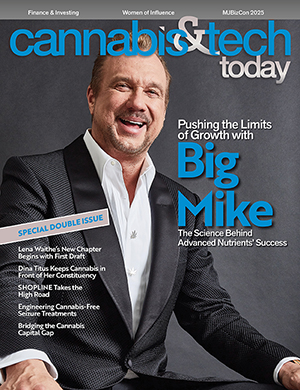Imagine a scenario where recent health emergencies linked to the cannabis industry, such as those at Mary Jane Berlin, or reports of tainted vapes from California, become a common occurrence. These incidents, though isolated, highlight a troubling trend toward the dangerous manipulation of plants once celebrated for their natural benefits.
In retrospect, the food industry offers a sobering parallel. If we could go back in time with what we know now, wouldn’t we avoid past mistakes like over-relying on high fructose corn syrup or excessively processing our foods? We’ve learned that the closer our food is to its source, the better. This understanding underpins the Farm to Table movement, emphasizing that unadulterated, natural ingredients are paramount for health.
Why, then, are we not applying this wisdom to the burgeoning cannabis and hemp industries?
The allure of cannabis and hemp, lies in their simplicity and their historical uses as natural medicine, suppressed and misunderstood for decades. Yet, as both have entered the legal market, we’ve witnessed an alarming shift.
The application of complex science in product development is outpacing regulations meant to ensure consumer safety. Despite rigorous testing and quality control claims, the reality isn’t always as reliable. The parallel to Big Food is unmistakable—endless innovation for profit, often at the expense of consumer safety.
For example, the debates surrounding synthetically derived hemp products raise significant concerns. These products, often created in labs through complex chemical processes, bear little resemblance to the plant’s natural state. Shouldn’t we then consider the lessons from food and advocate for the preservation of cannabis in its most natural form?
As an industry, we face a pivotal question: How do we protect this plant and its consumers from becoming casualties of commercial exploitation? My vision is a market where cannabis products are as ubiquitous and regulated as over-the-counter drugs or alcohol but maintain their integrity as natural products.
This future is only possible if we act decisively. We must demand that synthetically altered products are clearly labeled and possibly even removed from the market unless they can meet stringent safety standards. Our goal should be products that one could theoretically produce at home—simple, safe, and natural, not the result of industrial-scale manipulation.
The path forward isn’t merely regulatory but cultural within the industry. We must champion an ethos of transparency and responsibility, drawing a clear line between authentic cannabis products and those that are the result of unnecessary tampering. It’s time to return to our roots and treat cannabis as what it once was—a plant, not a pretext for profit-driven science that could compromise its intrinsic properties.
We have a choice: Continue down a path of unchecked innovation or steer towards a future where cannabis retains its original purity and purpose. Let’s choose wisely, ensuring that this remarkable plant remains a safe, respected, and beneficial part of our lives.
Author
-
Lauren Mundell is a public relations big-agency veteran who pivoted into cannabis after discovering the plant as a wellness supplement in 2019. Lauren’s company, Hi-Curious helps cannabis influencers get better brand deals and helps cannabis brands work with target-right influencers.






